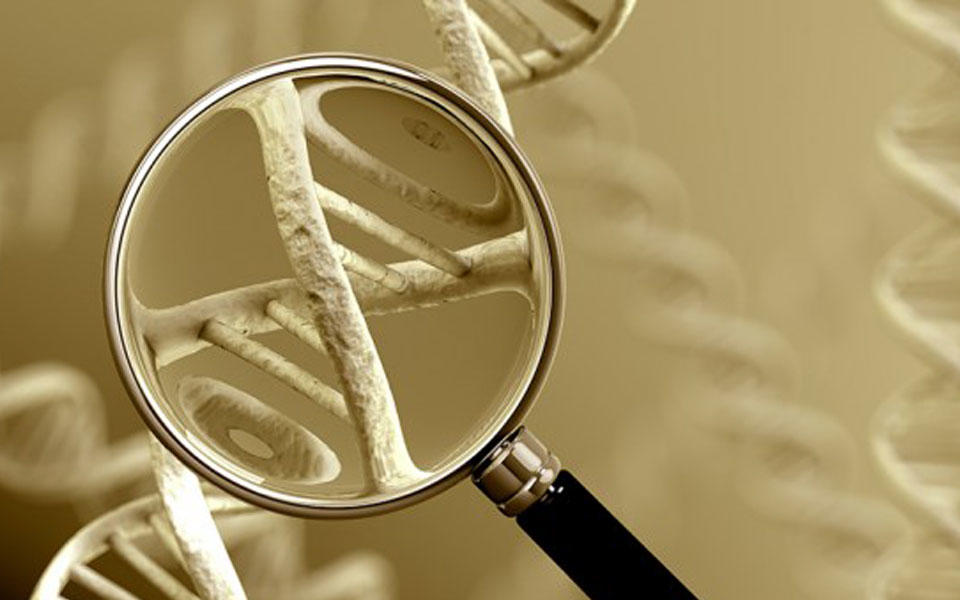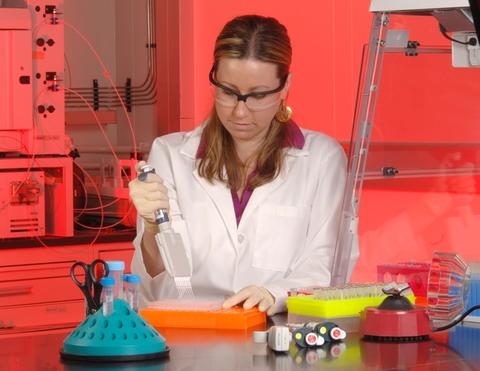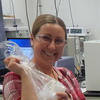Taking Measure
Just a Standard Blog

Nancy Drew and Kay Scarpetta—two names that will always put a smile on my face. I spent much of my youth reading about these two strong female characters. What do they have in common? They are fictional detectives that had an early influence on the career in DNA forensics that I have today at NIST.
As a young, avid reader, I remember always being at the bookstore when the latest Nancy Drew book was released, and I would devour it as fast as I could. These mysteries made me think, solve analytical problems, and simply want the “bad guys” to be caught and punished. I wanted to figure it out and actually be Nancy Drew.
If I really think about it, my love for all things forensics started with her. But I did eventually grow out of Nancy Drew, and as a young adult I started becoming interested in more realistic crime stories. My mother directed me toward my now favorite author, Patricia Cornwell, and after I read her first book, Postmortem, I was hooked.
The main character is Kay Scarpetta, a brilliant medical examiner in Richmond, Va., who solves mysteries and catches serial killers. Once again I found myself beyond interested in these stories and, with my growing love of biology, my studies started to move toward forensics.
While I never became a medical examiner or a lead detective, I did get my degree in molecular biology with a special interest in forensic DNA.

I was always focused on the evidence in these stories—how can it be improved? What more can be done to catch the “bad guys”? I just had to have a place in the field, and luckily I was given the enormous opportunity to join the prestigious Applied Genetics team here at NIST back in 2005.
DNA is the key to solving many real-life mysteries. DNA testing has come a long way in the past couple of decades and continues to improve at an exponential rate. In fact, DNA has become the gold standard in the forensic community. So much so that, although there is little evidence to suggest that it’s a real concern, many in the law enforcement community believe in the “CSI Effect,” which they claim has magnified the importance of forensic evidence in general and made convictions without forensic evidence harder to get.
Whether the effect is real or not, DNA can’t be analyzed during a commercial break, but results can be obtained within a working day with improved techniques—some of which were developed here at NIST.
Our group is solely research based, meaning we do not go out to crime scenes to collect evidence or even analyze casework samples. Instead we focus on developing tools to improve DNA analysis that can be utilized in the forensic community to help catch all kinds of criminals. We have had a direct hand in making DNA analysis faster (PDF), identifying markers that can bring more information to the table, and tackling challenging DNA samples such as very small amounts of DNA (low template DNA) and mixed-person profiles (mixture interpretation).

We also test commercial prototype DNA typing kits and are able to give feedback to the vendors to improve the kits before the community has access to them. We are able to do this because of the large sample set (>1,000 unique samples) that we have in-house that are some of the most highly characterized samples in the world. We published much of this information about these samples in the form of what is called “allele frequencies,” which are used to determine the expected rarity of a DNA type observed in certain populations (i.e. Caucasian-Americans, African-Americans, Hispanic-Americans, and Asian-Americans for this sample set).
In fact, this NIST dataset became part of the FBI’s “PopStats” program in September 2013. PopStats is the statistical program that is used in CODIS (COmbined DNA Index System) and includes the U.S. National DNA Database Index System (NDIS). Many U.S. crime labs that enter data into CODIS will calculate their population statistics using NIST data, which will ultimately be used in their final casework reports and may even be presented to juries! We are so proud to contribute data that is so important to this process.
One can only imagine all of the mysteries that Nancy Drew could solve using today’s DNA technology. And real medical examiner versions of Kay Scarpetta are out there incorporating some of the DNA analysis techniques developed at NIST or kits tested in our lab to help catch the “bad guys.” So on April 25, 2016, I will happily celebrate a day that is dedicated to the field that is so important to me and my career—National DNA Day. Maybe the work that I do here at NIST will inspire young, budding scientists to be future forensic researchers or even detectives!
About the author
Related posts
Comments
- Reply





